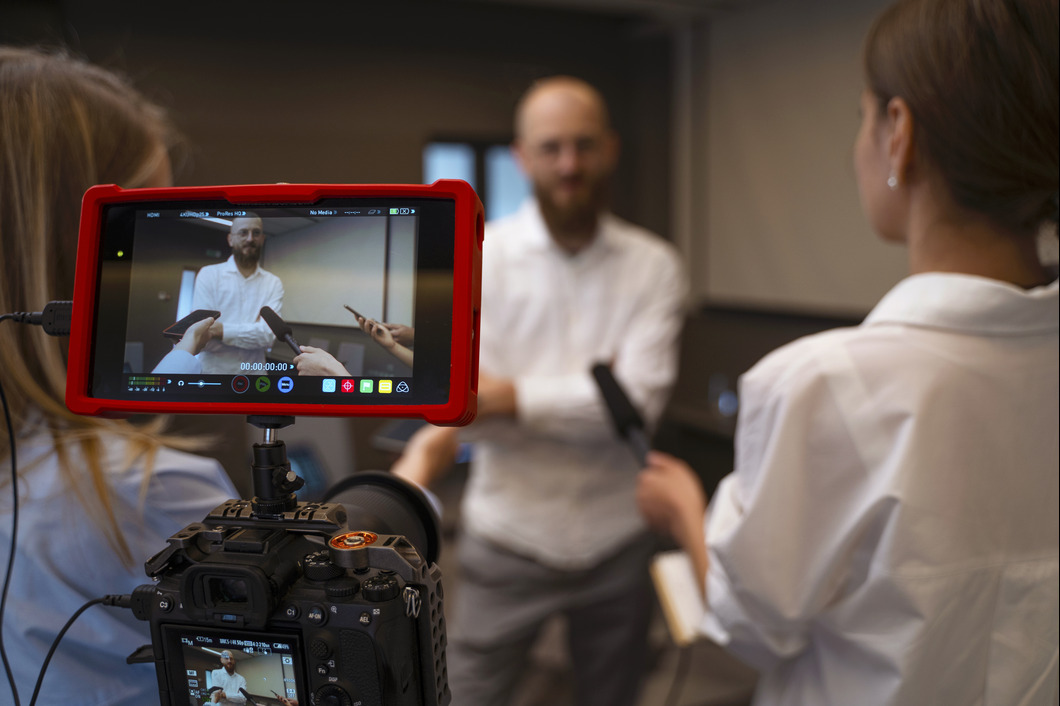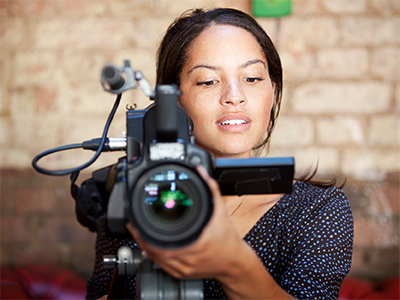How Legal Videography Enhances Courtroom Presentations and Evidence
How Legal Videography Enhances Courtroom Presentations and Evidence
Blog Article
The Intricacies of Legal Videography and Its Duty in Capturing Crucial Facts for Evidential Purposes in the Legal Field
In the world of the legal field, the application of videography has come to be a vital tool for catching the details and subtleties that can make or break a situation. From recording criminal activity scenes to tape-recording witness testaments, legal videography plays an essential role in providing critical details with unequaled clarity and accuracy. Nonetheless, past the surface level of just recording events, there exists a labyrinth of intricacies and factors to consider that should be navigated to make certain the admissibility and credibility of video evidence. Recognizing the technological aspects, legal requirements, and tactical ramifications of lawful videography is crucial for lawful professionals seeking to harness its full potential in reinforcing their situations.
Evolution of Legal Videography
Just how has lawful videography progressed within the legal field over the years? Lawful videography has actually undertaken a considerable improvement, adapting to the technological innovations and transforming demands within the legal career. Originally, legal videography was primarily made use of for basic recordings of legal proceedings and depositions. With the arrival of high-definition cameras, advanced editing and enhancing software application, and online systems, the role of lawful videographers has actually broadened to incorporate a wider array of services.

Moreover, the increase of virtual procedures and remote depositions over the last few years has additional propelled the development of legal videography, requiring videographers to adjust their skills to record process efficiently in an electronic environment (Legal Videography). Generally, the evolution of legal videography has actually been marked by a shift in the direction of more innovative modern technology, enhanced professionalism and reliability, and a broader range of solutions to meet the progressing demands of the lawful area
Importance of High-Quality Video
Top quality video in legal videography is important for properly recording and presenting aesthetic proof in a legitimate and professional manner. The clearness and detail caught in high-grade footage can be essential in legal procedures, permitting for a specific examination of events, expressions, and details that may be pivotal to a case. Judges, juries, and attorneys count on visual evidence to comprehend complicated circumstances, and poor-quality video footage can result in misconceptions or questions regarding the authenticity of the evidence presented.
Moreover, high-grade video footage can enhance the total presentation of proof, making it much more persuasive and engaging. This can ultimately enhance the reliability of the lawful team offering the evidence and raise the possibility of a desirable result for their customers.
Strategies for Effective Documents
To guarantee exact and detailed documents in lawful videography, employing reliable techniques is vital in capturing vital information and evidence. One necessary technique is to thoroughly intend the shots before shooting. This entails recognizing the case ins and outs, recognizing key individuals, and establishing one of the most vital facets to videotape. Additionally, using several electronic camera angles can provide an extensive sight of the scene, click to read assisting in offering a clear and detailed account of occasions. It is critical to keep a steady hand while filming to avoid unstable video footage that might endanger the top quality and professionalism of the video. Making certain correct lights is necessary for recording clear visuals and stopping shadows that might obscure important information. Maintaining a comprehensive log of all footage, consisting of timestamps and descriptions of the content, is crucial for very easy recommendation and retrieval throughout lawful proceedings. By applying these strategies, legal videographers can boost the top quality and dependability of their documentation, inevitably enhancing the indicative worth of their recordings.
Admissibility and Authentication of Video Proof
In the realm of legal videography where careful documentation is important, the admissibility and verification of video evidence play an essential duty in identifying the reputation and validity of taped products. Admissibility describes the acceptance of video why not look here evidence in a court of legislation, while verification ensures that the video provided is authentic and unchanged. For video evidence to be admissible, it needs to please lawful needs such as significance, dependability, and credibility. The chain of custodianship, which records the handling of the video clip from taping to discussion in court, is necessary for developing credibility.
Authentication entails confirming that the video has actually not been damaged or modified to misrepresent facts. Strategies such as digital signatures, metadata evaluation, timestamps, and expert testament can be used to verify video proof. In addition, guaranteeing that the video why not find out more clip was taped under proper problems and that the tools used was operating properly reinforces its authenticity. Eventually, the admissibility and authentication of video proof are vital in upholding the stability of lawful proceedings and making sure that justice is served based on trusted information.
Enhancing Legal Strategies With Video Innovation

These repairs can help make clear elaborate information, timelines, and spatial relationships, assisting in the comprehension of complicated lawful problems. On the whole, the integration of video clip technology into lawful strategies not only boosts the presentation of evidence yet also enhances the persuasiveness and credibility of legal disagreements.
Verdict
Finally, lawful videography plays a crucial function in capturing necessary information for indicative functions in the lawful area. Through the development of modern technology and techniques for effective paperwork, high-grade footage can enhance legal methods and give valuable evidence in court. Legal Videography. Guaranteeing the admissibility and verification of video clip proof is vital to making use of video technology efficiently in legal procedures
Comprehending the technological elements, legal requirements, and strategic implications of lawful videography is essential for lawful specialists looking for to utilize its full potential in bolstering their situations.
Legal videography was mainly used for simple recordings of lawful procedures and depositions.Utilizing video technology in lawful methods can substantially reinforce the effectiveness of lawful specialists in presenting evidence and arguments in a influential and compelling manner. Generally, the combination of video technology right into legal approaches not just enhances the discussion of evidence but additionally enhances the persuasiveness and reliability of lawful disagreements.
In conclusion, lawful videography plays an essential duty in catching important information for indicatory purposes in the legal area.
Report this page